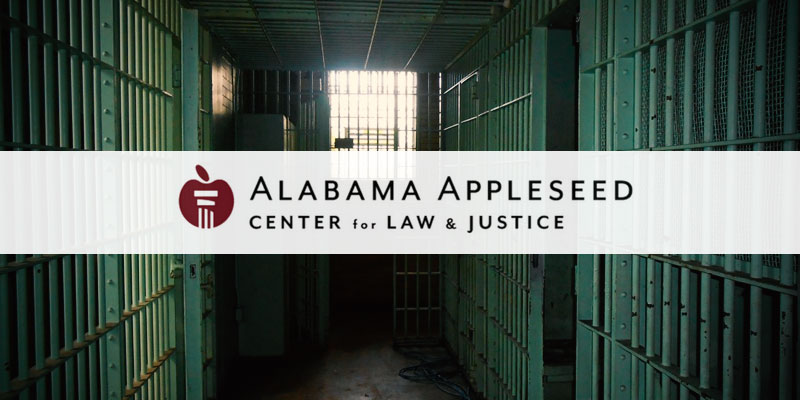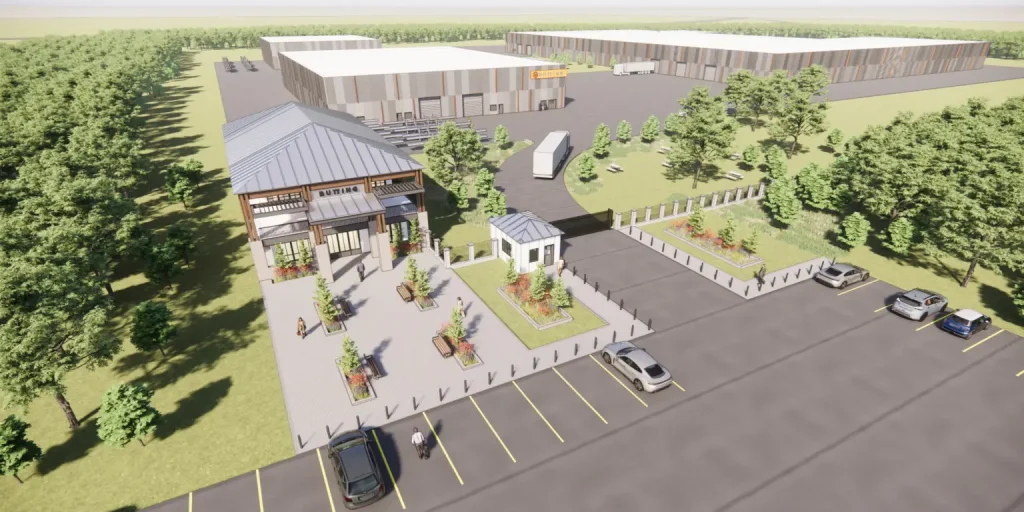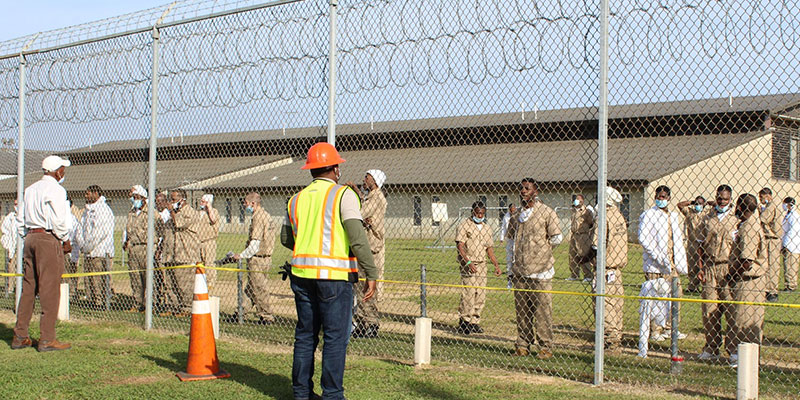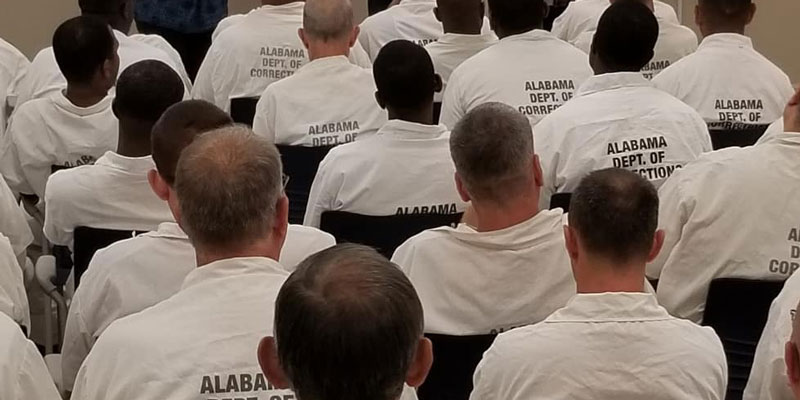This year, state prison officials are seeking a $42 million budget increase, which would push general fund prison spending to over half a billion dollars for the first time. Corrections Commissioner Jeff Dunn made his case for more money at recent legislative budget hearings, where the specter of federal takeover of Alabama’s unconstitutional prisons hovered.
Prison spending in Alabama has been rising for more than two decades. Appropriations to the Alabama Department of Corrections have swelled by more than $100 million in the last five years alone.
Yet the return on investment for Alabama taxpayers has been weak, to put it mildly. And in a state government defined by reliance on conservative principles, where running government like business is a rallying cry, it’s striking how our prison system escapes fiscal scrutiny.
The reality is that overreliance on incarceration has all the trappings of a big, bloated government program that has failed. Because it’s being carried out in the name of public safety, we go along without demanding accountability.
I have observed, investigated, visited and litigated this system for nearly two decades. I joined former Gov. Bob Riley at Draper Correctional Facility in 2004, as he stared into a sweltering warehouse of incarcerated men with nothing to do all day and concluded: “We’ve got to do something about the number of inmates.”
Federal court pressure was very real then and has continuously been so. For decades, state leaders have been telling us the problem is decades in the making. Indeed. And for decades, ADOC has told us that more money – for corrections officers, for health care, for new locks – is the solution. To be sure, ADOC spending in the early 2000s was ridiculously low. But more money has not fixed the problems.
In April 2019, the U.S. Department of Justice found the entire prison system for men in violation of the Eighth Amendment’s prohibition against cruel and unusual punishment. The prisons are out of control, with violence, corruption, contraband, drug use and sexual abuse, according to federal investigators. At least 30 incarcerated men have been victims of homicide inside ADOC facilities since 2015, and hundreds more are victims of physical and sexual assaults every year, according to ADOC’s own reporting – which federal investigators say is unreliably low.
ADOC has failed at the basic task of keeping prisoners safe. And lawmakers’ indifference to this fact, and refusal to do things differently, has contributed to a situation where people leave prison traumatized, broken, often addicted to illegal drugs, then expected to immediately scrape together cash for fines, restitution, parole fees, not to mention basic living expenses.
Last week, retired Alabama Supreme Court Justice Champ Lyons authored a thoughtful letter providing recommendations for reform from the Governor’s Criminal Justice Study Group, which he chaired.
Recommendations that provide more effective community treatment, mental health care and re-entry services outside of prison are a step in the right direction. Reforms that send fewer people to prison for shorter sentences are desperately needed and the Study Group’s work appropriately starts those policy conversations.
One of the most remarkable parts of Lyons’ letter is the acknowledgment that people are worse off when they leave prison in Alabama than when they entered. Our massive, costly prison system is failing in its most important job, public safety. As Justice Lyons put it, “we cannot sustain a system in which these inmates become more violent in prisons and then commit new crimes upon release from prison only to return to prison.”
Leading conservative voices for criminal justice reform have stressed as much on the national level. “Indeed, there is even a point at which incarceration becomes criminogenic, causing more crime than it stops,” Vikrant Reddy, of the Charles Koch Institute told the National Review.
Sadly there is no shortage of tragic, high-profile crimes here in Alabama. The last few months have been especially jolting and forced communities to come together and ask tough questions about safety and solutions. The response is often – let’s sweep as many more people as possible into prisons and jails.
Law and order opponents of even the mildest of the Study Group’s sentencing reform recommendations will likely offer dire warnings of doom if fewer people are locked up or sentences are reduced for geriatric prisoners with robbery convictions dating back to the Reagan administration.
Alabama has tried more prisons. We’ve tried more punishment. Are we really going to try more of the same thing that’s failing us?
The answer appears to be yes, as Gov. Kay Ivey again touted three new mega prisons as a way to “reinvent our corrections system” and “transition our facilities from warehousing inmates to rehabilitating people,” in her State of the State Address.
Buildings cannot rehabilitate. Without different strategies and changes in policies, additional programs, and specialized staff, new buildings will continue to warehouse. Already, lawmakers are asking questions about where the estimated $100 million per year for the buildings alone will come from.
Taxpayers need assurances that ADOC will dedicate significant new funds to rehabilitation, education, treatment, and re-entry supports. Otherwise, this troubled agency will receive a blank check to do more of the same.
Alabama cannot punish its way out of drug addiction, mental illness, poverty and other unaddressed drivers of incarceration. But until we separate punishment from accountable, conservative government, it appears we will try.
Carla Crowder J.D., is executive director of Alabama Appleseed Center for Law & Justice, a nonprofit, nonpartisan research and advocacy organization based in Montgomery.













